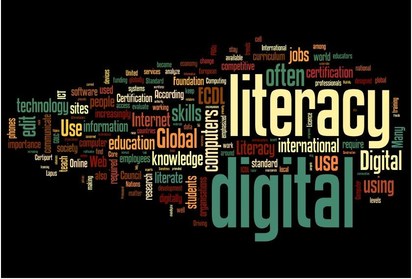 I have had a great week learning about American Sign Language for my Independent Learning Project (ILP). When I was first starting my ILP I didn’t know where to start. I typed a bunch of things into Google and eventually I found a really great site and I like it a lot so far. It is a website with a video with 100 common signs. There are a ton of categories on this site, but this week I wanted to focus on learning the family signs.
I have had a great week learning about American Sign Language for my Independent Learning Project (ILP). When I was first starting my ILP I didn’t know where to start. I typed a bunch of things into Google and eventually I found a really great site and I like it a lot so far. It is a website with a video with 100 common signs. There are a ton of categories on this site, but this week I wanted to focus on learning the family signs.
When I first found the site I just sat and watched the whole video to see what it was like and see what I could learn from it. After watching the whole video in its entirety I started it over and began to do the signs along with the people in the video. I just so happened to be in the library when I was doing this. So I started signing along with the video and I got some really funny looks from the people around me. It made me realize something really important. I talked about last week about why I was choosing ASL as my ILP. I choose to learn this because I encountered a girl that was deaf and I didn’t know what she was saying to me. As I saw the funny looks I was getting from people it made me realize that this is how people perceive deaf people or a person with a disability. They think they are different and don’t know how to take them in, give them funny looks. The misperceptions that people have about people with disabilities is one of the reasons why I choose to have my area of concentration in Mild/Moderate Disabilities, to try and change the perception of people with disabilities in schools.
Now I chose to come to the library every time I wanted to practice signing because it is important to me that the perceptions need to be changed, and I don’t care if I look funny making signs to a computer while I am learning ASL.
While I was signing in the library I learned a lot of new signs. Here is the list that I learned this week; family, mom, dad, boy, girl, marriage, brother, sister, grandpa, grandma, aunt, uncle, baby, single, divorced, school, and church. One thing that I learned about myself in this process so far is that it is hard to remember the signs off the top of my head. I watched the video many times before I could remember half of these words.
I am having a lot of fun and learning a lot about my ILP and I hope everyone else is having a great time with their projects as well!! See you next week with an update on my project!!
Here is the link to my: http://www.lifeprint.com/asl101/pages-layout/concepts.htm








![Kindergarten-class[1]](https://morgan13hays.wordpress.com/wp-content/uploads/2016/01/kindergarten-class1.jpg?w=547&h=410)